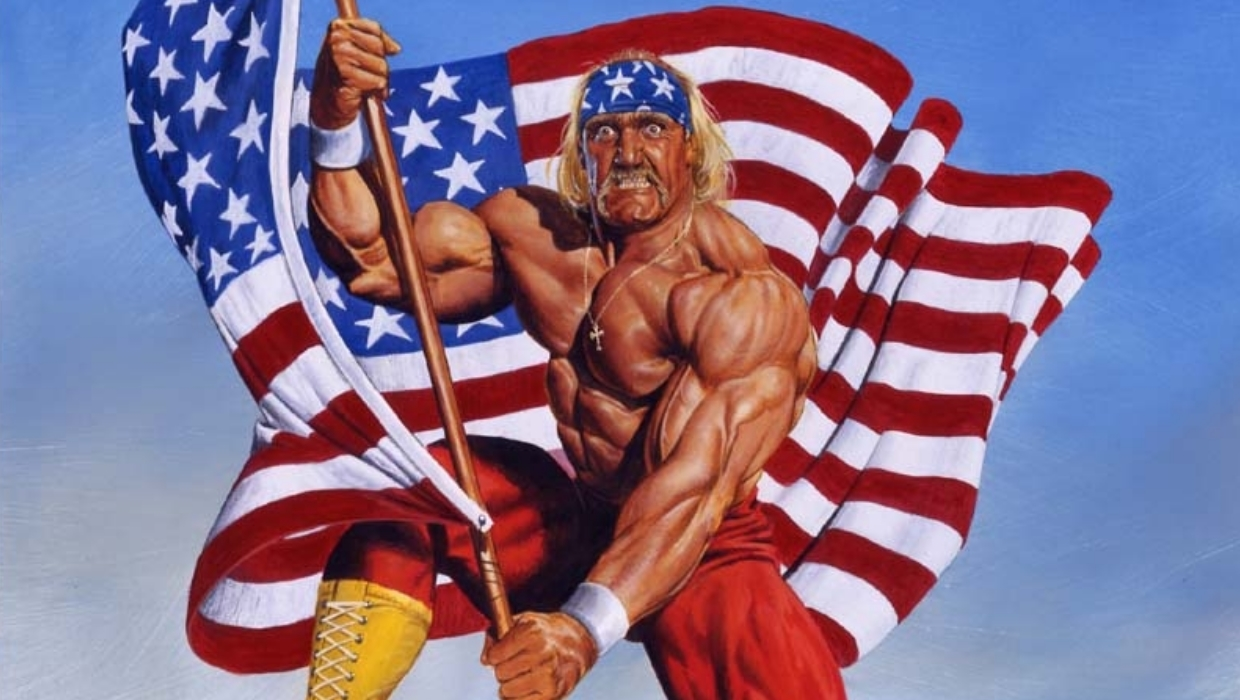
Who doesn’t love the 4th of July? It’s our nation’s best excuse to fire up the grill, crack open a cold one with the boys, and spend one blissful day pretending that everything is okay with the United States. But sometimes all those hot dogs and beers can make us forget what we’re truly celebrating – the historic signing of the Declaration of Independence.
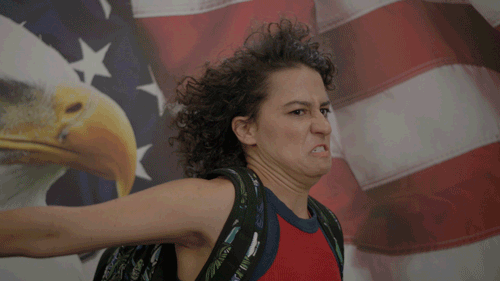
Here at Sartle, we believe that anything can be explained through art, so here are some artworks to get you feeling patriotic:
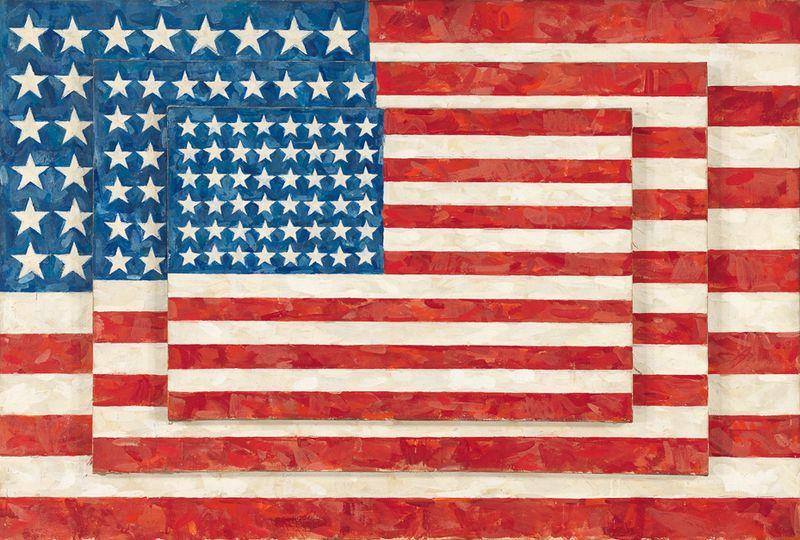
Three Flags by Jasper Johns at the Whitney Museum of American Art
The United States and Jasper Johns are similar in that they share the American flag as one of their most ubiquitous symbols. It’s become such a commonplace image that we sometimes might take its inherent symbolism for granted. But are these actual American flags, or just representations of the image that we’ve come to recognize as the American flag? And what happens when an artist utilizes an image that is already so loaded with meaning?
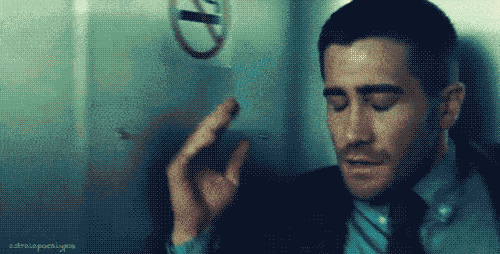
These types of questions can certainly make your brain hurt, but they’re the questions with which Johns grapples in his art. He built up the surface of this and many other paintings to really make viewers re-examine familiar symbols, such as flags, targets, and even the letters of the alphabet.
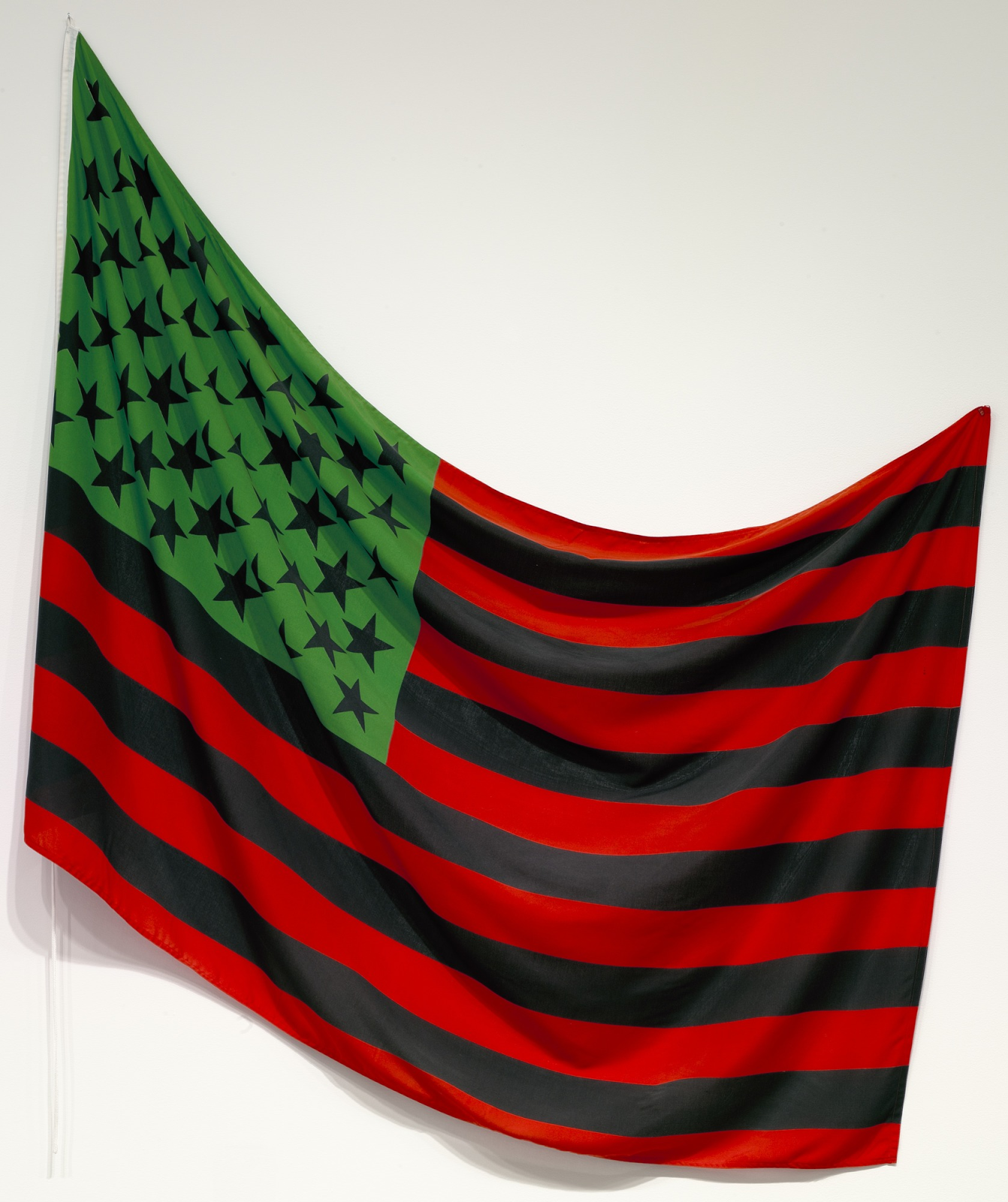
African-American Flag by David Hammons at the Museum of Modern Art
Lest we forget that United States history is complicated and problematic, we must consider another artist’s rendition of the flag. In 1990, David Hammons recast the American flag in the colors of Marcus Garvey’s Pan-African flag, which became a powerful symbol of the Black Power and African Diaspora movements. This 4th of July, Hammons might encourage us all to take a break from the festivities to reflect on what it really means to be American, however loaded that question may be.

But we could still have some fun, too. Whether you’re launching fireworks in your own backyard or going to see a show put on by people who are probably more qualified to be handling rockets, fireworks are essential to any 4th of July celebration.
People of all ages love fireworks, so it’s no surprise that fireworks have also captivated artists’ imaginations.
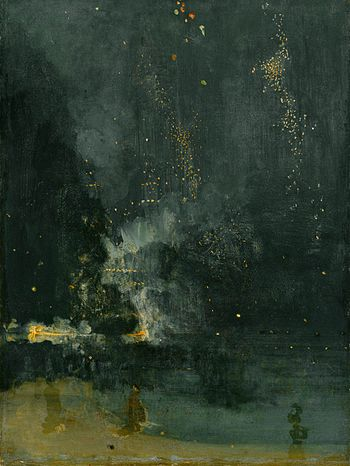
Nocturne in Black and Gold: The Falling Rocket by James Abbott McNeill Whistler at the Detroit Institute of Arts
Whistler staunchly supported the idea of “Art for Art’s Sake,” painting a scene because you think it’s pretty and just feel like it. Like Americans on the 4th of July, fireworks fascinated Whistler, and he thought it would be interesting to capture the magic of a sweet fireworks display in a painting. Not everyone was on board with this approach to art, though.
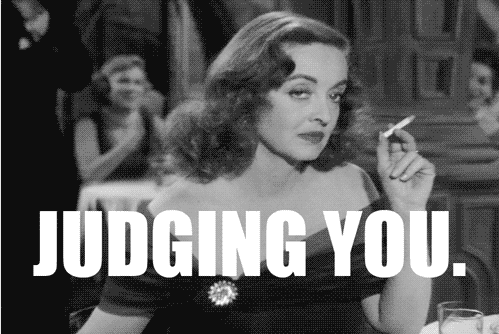
John Ruskin was the most well-known British art critic during the time when Whistler completed this painting in the late nineteenth century, and he attacked Whistler for producing a painting with no moral content. Ruskin wrote a scathing review blaming Whistler of trying to get one over on the art world with paintings that meant nothing. In 1878, Whistler retaliated and sued Ruskin for libel, which began the whole question of the purpose of art. Who knew that fireworks could stir up so much drama?
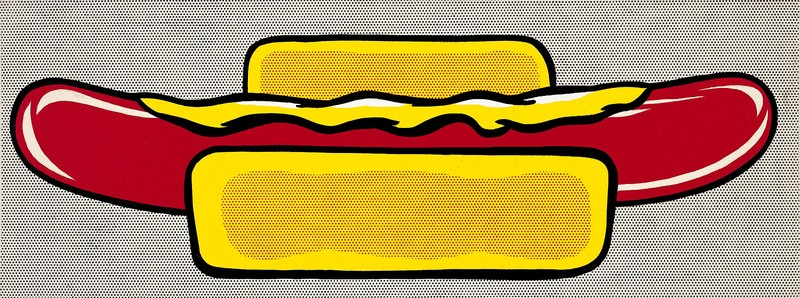
Hot Dog with Mustard by Roy Lichtenstein at the Art Institute of Chicago
What’s the 4th of July without hot dogs? Nothing. Sorry vegetarians, but I guess you can have some veggie dogs or whatever it is that you guys eat. Once again, Lichtenstein proves that anything can look instantly cooler by making it look like it belongs in a comic book.
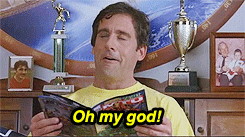
After you’re done with your hamburgers and hot dogs, it’s obviously time for dessert, and on the 4th you’re pretty much obligated to eat the most American of all confections – pie!
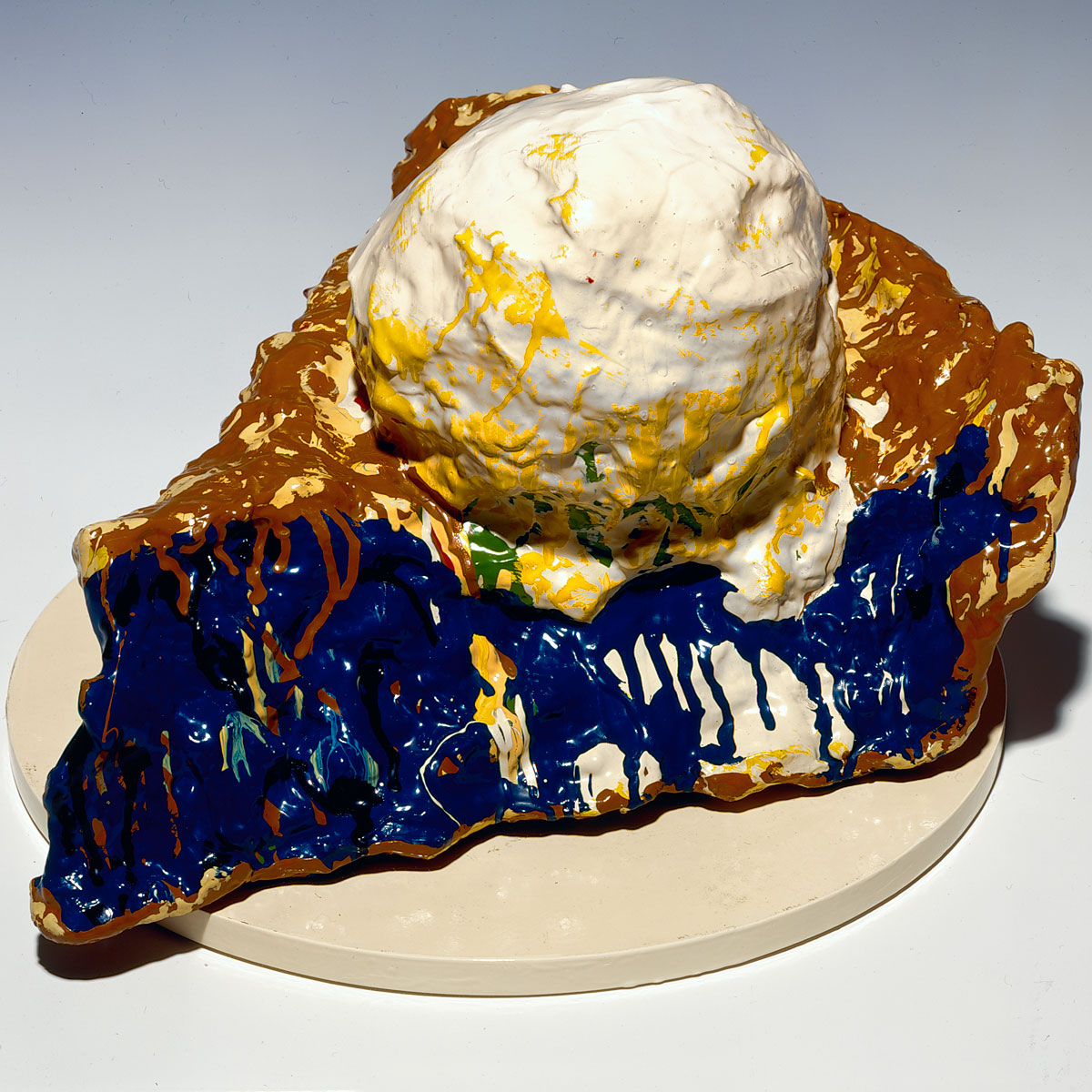
Pie a la Mode by Claes Oldenburg at the Museum of Contemporary Art Los Angeles
Oldenburg is known for making everyday objects interesting again, and this delicious pie with a hefty scoop of ice cream on top is no exception. The supremely American nature of consumer culture comes out in full force in his sculptures of delectable desserts. He even showed works of art in a space aptly dubbed The Store to play on this aspect of American culture.
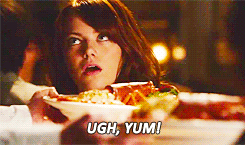
If you’re anything like me, desserts are hard to resist, even if they’re made of plaster, chicken wire, and enamel paint. And we’ll let old Claes slide for making this one look like blueberry instead of apple pie.
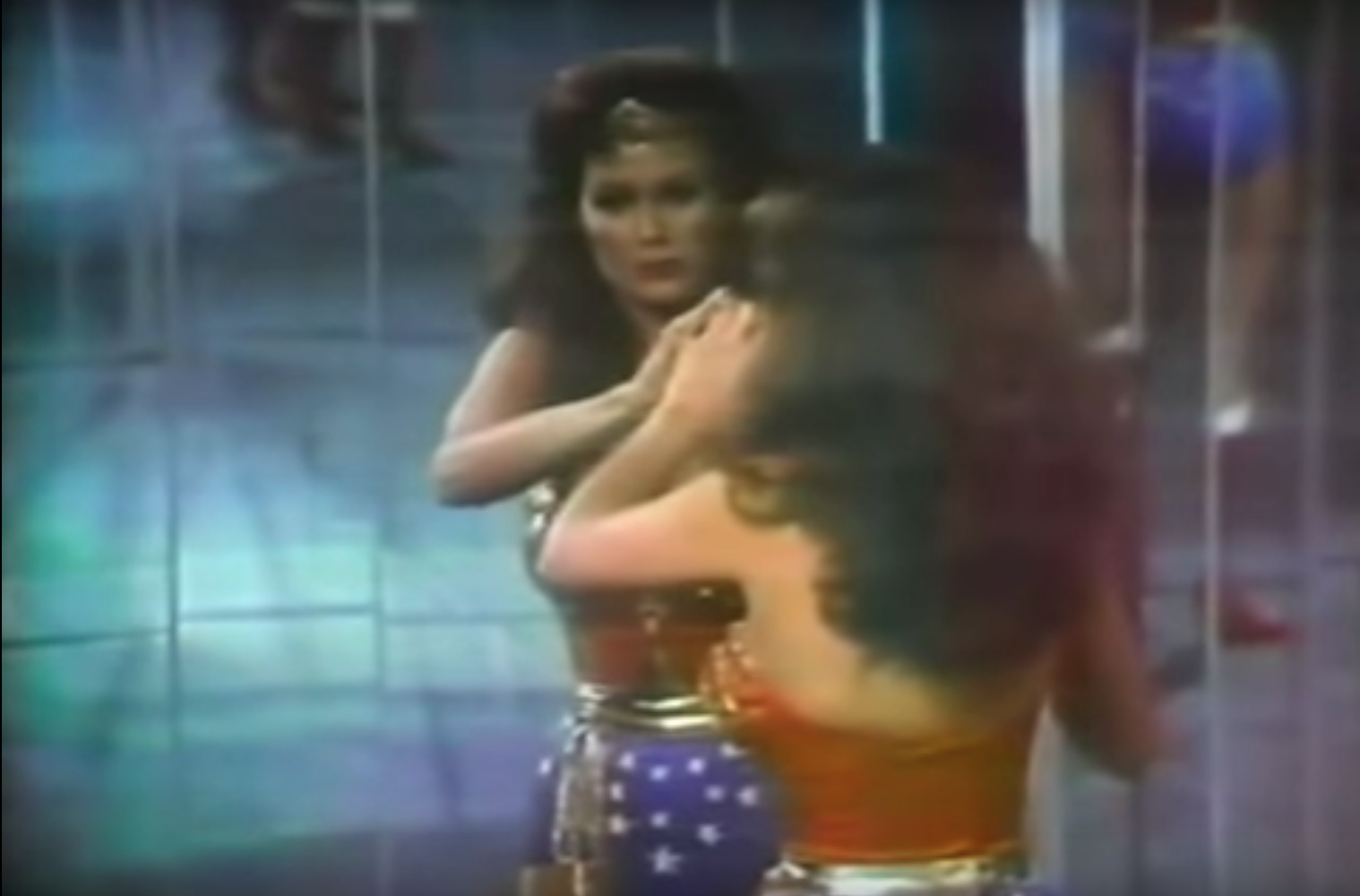
Technology/Transformation: Wonder Woman by Dara Birnbaum at the Whitney Museum of American Art
Dara Birnbaum’s awesomely manipulated video clips force us to look a little more closely at the American phenomena of the mass media and the superheroes that constitute our favorite comic strips and television shows. Like Jasper Johns, Birnbaum gets weird to stimulate our brain waves and really think about things that have become normalized. Birnbaum reassesses the objectification of femininity, which even happens when the woman in question is kicking butt (topic: girl power). By focusing on this heroine, Technology/Transformation pushes viewers to identify with a female protagonist.
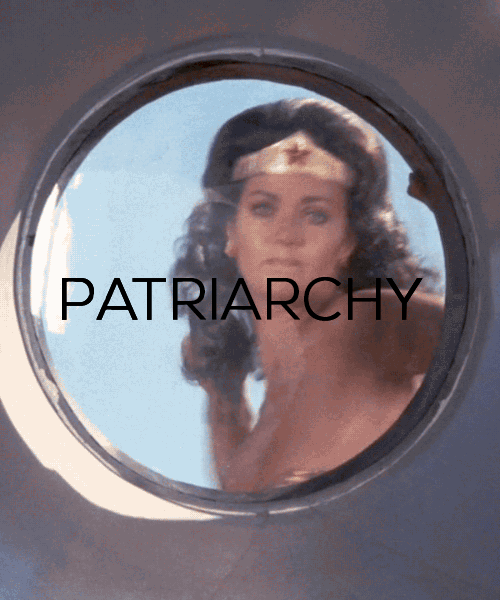
Now that you’ve got your art historical fill of the 4th, go out and have some fun! Just make sure you’re not too hungover for work on Wednesday morning.
Enjoy and be safe!
Sources
- Arnason, H.H., and Elizabeth C. Mansfield. History of Modern Art. 7th Edition. Upper Saddle River, NJ: Pearson Education, Inc., 2013.
- Electronic Arts Intermix. Technology/Transformation: Wonder Woman. https://www.eai.org/titles/technology-transformation-wonder-woman. Accessed June 30, 2017.
- Fineberg, Jonathan. Art Since 1940: Strategies of Being. 3rd edition. Upper Saddle River, NJ: Pearson Education, Inc., 2011.
- Gompertz, Will. What Are You Looking At? New York: Plume, 2012. Museum of Contemporary Art Los Angeles. Pie a la Mode. Collection. https://www.moca.org/collection/work/pie-a-la-mode. Accessed June 30, 2017.
- Museum of Modern Art. The Store. Claes Oldenburg. https://www.moma.org/interactives/exhibitions/2013/oldenburg/. Accessed June 30, 2017.
- Schroder, Barbara, and Karen Kelley. “Dara Birnbaum.” Artists in Conversation. BOMB Magazine. Summer 2008. http://bombmagazine.org/article/3141/dara-birnbaum. Accessed June 30, 2017.
- Valentine, Victoria L. “Mixed Media: $2 Million Flag by David Hammons is a Work of Art, Political Statement, and Art World Commodity.” Culture Type. May 30, 2017. http://www.culturetype.com/2017/05/30/mixed-media-2-million-flag-by-dav…. Accessed June 30, 2017.
- Whitney Museum of American Art. Three Flags, Collection. http://collection.whitney.org/object/1060. Accessed June 30, 2017.









